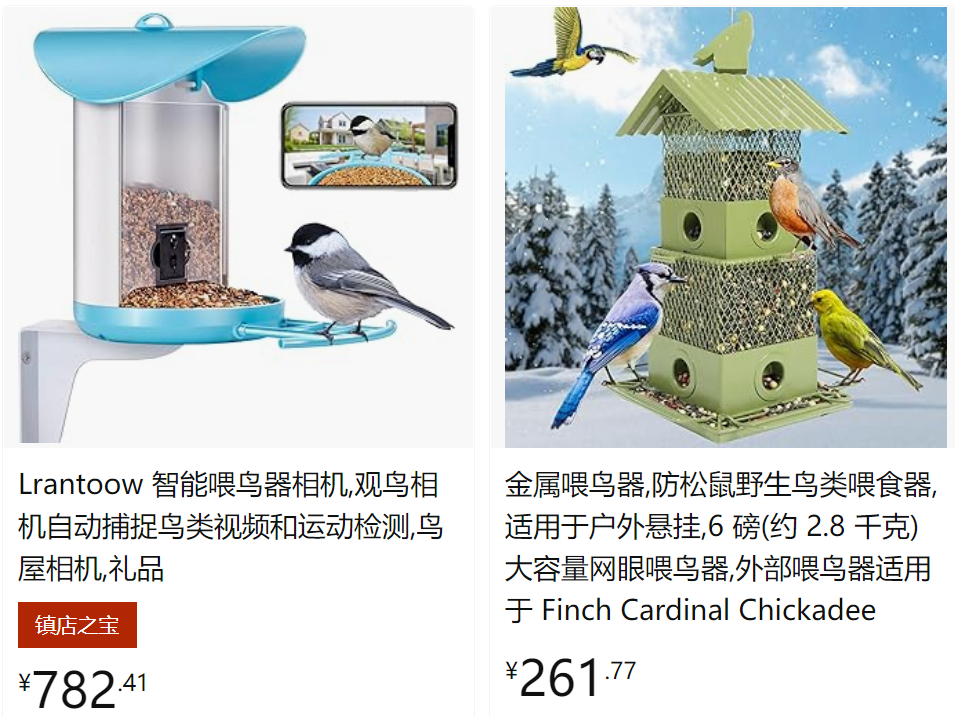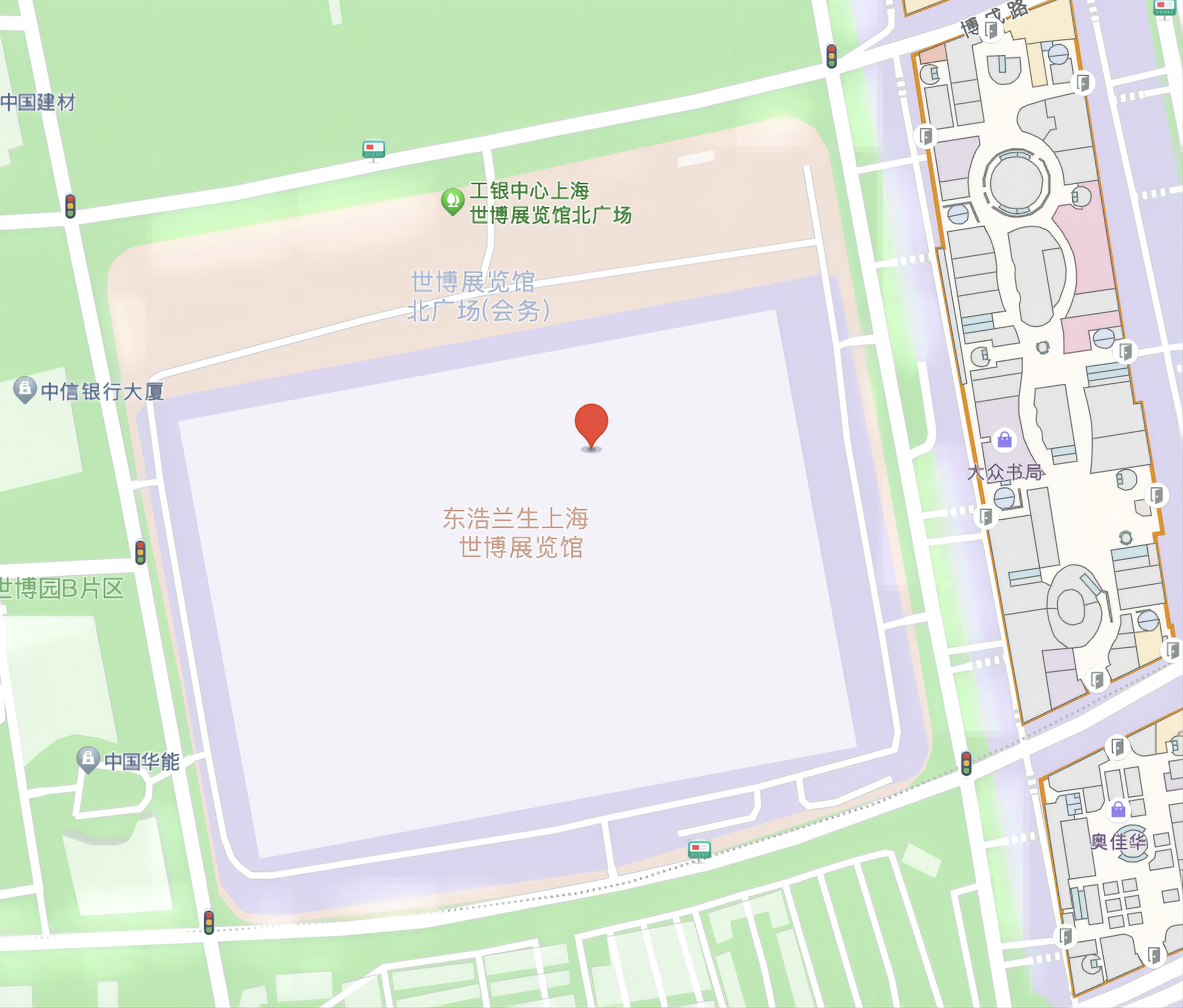In recent years, with changes in lifestyle and consumer preferences, the pet economy has become a focal point in the tech industry. In addition to the common household pets like cats and dogs, the smart bird feeder has gained popularity in the largest pet economy globally, the United States, in 2023. This has prompted the industry to explore new emerging markets and quickly establish a presence beyond the mature pet market, such as the ownership of pet fish in American households, which is relatively high but lacks standout technological products.

This article discusses the operational logic of smart bird feeders.
Market Size and Growth Potential for Bird Feeding
According to data from the American Pet Products Association (APPA), total pet industry spending in the United States exceeded $136.8 billion in 2022, with a year-on-year growth of 10.8%. This multi-billion-dollar industry encompasses various segments, including pet food and snacks (42.5%), veterinary care and product sales (26.2%), pet supplies/live animals and over-the-counter drugs (23%), and other services such as boarding, grooming, insurance, training, and pet-sitting (8.3%).
Forecasts indicate that the number of pet birds in American households will reach 6.1 million by 2023, with continued growth expected. This is driven by the increasing number of pet owners from the younger generation who are willing to spend more on their pets.
Moreover, in addition to the expanding pet bird market, Americans also have a fondness for observing wild birds. According to the latest data from research firm FMI, the global wild bird product market size in 2023 is $7.3 billion, with the United States being the largest market. This suggests a strong demand for bird feed and other products related to wild birdwatching.
When it comes to birdwatching, unlike the convenience of observing cats and dogs, the cautious nature of birds requires people to use telephoto lenses or high-power binoculars for observation. This incurs substantial costs and offers a less than optimal experience. This creates a significant market space for smart bird feeders with visual capabilities.

A typical smart bird feeder consists of the following components: a regular bird feeder, a network camera, and a mobile app to enhance the user’s birdwatching experience. The key function of a smart bird feeder is to upload real-time footage to the internet, allowing users to closely monitor bird activity via a mobile app. The extent to which this function is optimized for a better user experience may vary among different manufacturers.
Here are some common features and differentiators identified in various smart bird feeder products available on platforms like Amazon:
Battery Life: Most basic models use USB charging, while some brands offer advanced models with solar panels. To prevent missing bird activity due to frequent charging, battery life becomes a crucial indicator of a product’s capabilities. While some products claim up to 30 days of use on a single charge, further differentiation in product design can be achieved through “low power consumption” upgrades, such as setting when the product starts taking photos or recording (for how long), and when it enters sleep mode.
Network Connectivity: Most products use 2.4GHz Wi-Fi connections, with some supporting cellular networks. When using Wi-Fi for data transmission, the working distance and installation location may be limited. However, users still demand stable and reliable signal transmission.
High-Definition Wide-Angle Camera and Color Night Vision: Most products are equipped with 1080p high-definition cameras, providing excellent image and video quality even at night. Most products also have built-in microphones to satisfy both visual and auditory requirements.
Content Storage: Most products support cloud storage options for purchase, while some offer 3 days of free cloud storage and support for SD cards for users.
App Notifications: Users receive notifications of bird arrivals through the mobile app. Some products start capturing images when a bird enters a 15-foot range. App notifications can also be used for deterring non-target objects. For instance, when some products detect squirrels or other animals, they send notifications. After user confirmation, users can remotely choose to deter them with light or sound.
AI Bird Identification: Some products come with artificial intelligence and bird databases, capable of identifying thousands of bird species based on visuals or sounds, and providing descriptions of the identified birds on the app. This feature is user-friendly for beginners and enhances user engagement, increasing the product’s retention rate.
Audio and Video Sharing: Some products support simultaneous online viewing on multiple devices. Others enable video sharing and quick posting of real-time videos on social media.
In-App Learning Experience: Some products’ applications provide users with a knowledge base about birds, such as which types of food attract specific birds and feeding tips for different bird species, allowing users to engage in purposeful birdwatching.
In summary, regular bird feeders with visual design typically cost less than $300. However, the price range for smart bird feeders varies from $600 to $2000. Such products enhance the birdwatching experience for users and increase the average order value for manufacturers. More importantly, aside from one-time hardware sales, the use of apps can generate additional revenue, such as income from cloud storage. By operating bird communities with engaging content, the user base for bird enthusiasts can be gradually expanded, thus promoting industry growth and forming a commercial ecosystem.
In other words, beyond hardware, the focus should ultimately be on software. For instance, Bird Buddy, known for its rapid and massive crowdfunding, provides not only a smart bird feeder but also an AI-driven social app. Users earn badges for recording new bird species, which can be shared on social media. This approach is likened to a “Pokemon Go” collecting game, and Bird Buddy has approximately 100,000 active users and continues to attract newcomers.
In the pet economy, visual versions of pet feeders for cats and dogs have been introduced, as well as camera-equipped robotic vacuum cleaners from various brands. Additionally, besides security cameras, there is a market for cameras used for baby or pet monitoring. Through these experiments, it becomes evident that cameras are not only closely associated with security needs but also represent the most mature carrier for achieving “smart vision” functionality.
Based on this, most smart hardware products can consider the following questions: With the addition of cameras for visualization, can there be a synergistic effect that exceeds 1+1=2? Can this help break away from low-price competition? These are topics that are waiting for further discussion.
This paper is from Ulink Media, Shenzhen, China, the organizer of IOTE EXPO (IoT Expo in China)
Join us next year in Shanghai, and let’s shape the future of technology together!
To register IOTE 2024 Shanghai station:
https://eng.iotexpo.com.cn/sh/Visitors.html?lang=EN&source=YJ1






